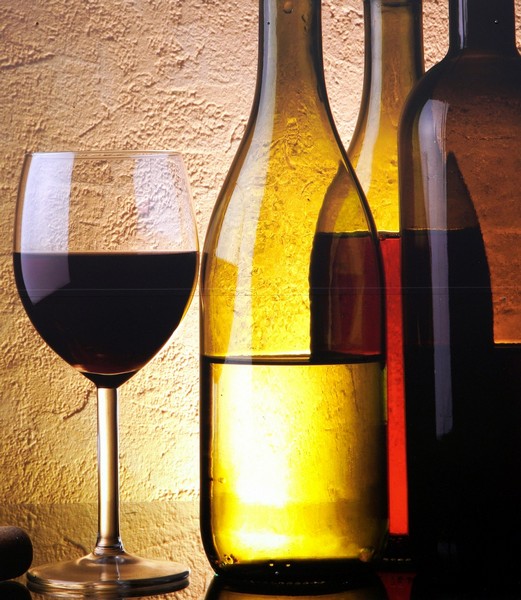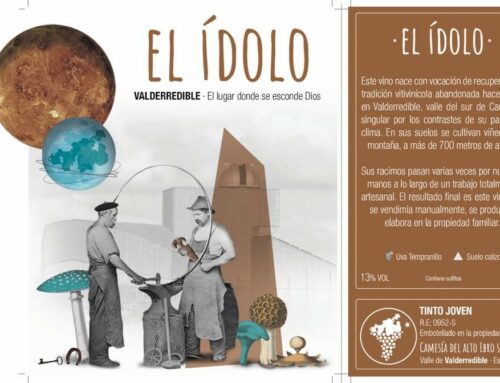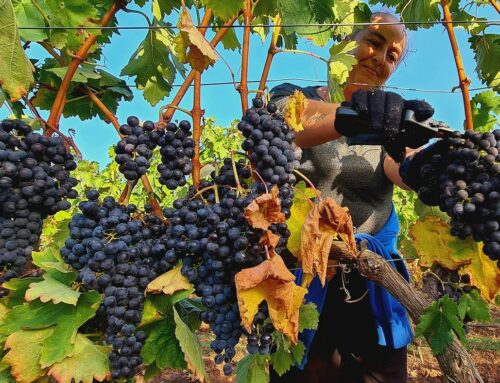Bottles: transport and storage of wine
It is used to transport and serve the wine. But the bottle is much more than that, it is the cradle where this living being is finally formed, where it slowly evolves until it reaches its fullness and offers us the best of itself.
The bottling of wine, although it is the final stage of the winery’s work, is not the end of wine production. This will be the case for the youngest wines, but not for those that have undergone a period of ageing, as their maturation, which began in the barrel, is rounded off over a long period of time “in this glass prison”.
This important element, the glass bottle, has not always been available to winemakers who, in the past, had to rely on wooden barrels, leather wineskins or clay amphorae to transport their precious liquid.
Glass, of course, has been known for 4,000 years, but containers made of this material were extremely fragile, so for centuries it was used exclusively for bringing wine to the table, and even then only on rare occasions: glass was a real luxury material.
A bit of history…
It was not until the second half of the 17th century, in 1662, that the glass bottle of almost the same shape as today’s bottle was available. The paternity of the invention is attributed to Sir Kene Digby, who produced a tubular bottle with a greenish colour, a shade given off by the smoke given off by the peat used in the ovens, and which was eventually considered beneficial as it gave an opacity that served to protect the wine. This bottle was adapted in the 18th century by the French in Bordeaux to export their wines, which is why it was called Bordeaux.
By another quirk of fate, the manufacturing process of glass bottles required a convex shape at the bottom, which unintentionally resulted in a bottle that facilitated the deposit of impurities. But these advantages were insufficient because it still had a glass stopper. This was fitted with emery powder and oil and then tied with string, so that the closure was not tight enough to hold the wine.
The weight of tradition…
Born as an unimportant by-product of the flourishing glass craftsmanship, bottles became increasingly important, to the point that each wine region created its own bottle design according to the characteristics of the wines produced in the area. The oenological bottle was born.
When talking about the design of a wine bottle, two key elements must be taken into account: the length of the neck and the shoulders of the bottle.
The most commonly used shapes are the Bordeaux bottle, the Burgundy bottle, the Alsatian bottle, the champagne or cava bottle and the flat Franconian or boxbeautel bottle.
The Bordeaux bottle is used for white and red wines indistinctly; if it is used for a red wine, the bottle will be green; if it contains a white or rosé wine, the tones it can adopt range from “dead leaf” to light green or white.
Burgundy is used for red wines and differs from the previous one in having softer shapes and more sloping shoulders.
The so-called Alsatian or Rhine bottles are used for white wines or wines from the German basin, as well as for white Portuguese wines. The Alsatian bottle is similar to the German bottles and is also known as a flute; the most peculiar thing is that all wines from this region, whether white, red or rosé, are bottled in this type of container.
Another of the most commonly used bottles is the boxbeautel, typical of Franconia, which is also used in Portugal and Chile, as well as in the German region of Baden.
Finally, it is worth mentioning the champagne or cava bottle, which has a wider base and neck, as well as a thicker glass, in order to withstand the pressure of the carbon dioxide.
In some countries, such as France, each model is identified, even legally, with a production area, although the use of each model of bottle is of no more importance than that of continuing the tradition, except in the case of champagnes. On the other hand, the same is not true for the size of the bottle, since the quality of a wine for ageing depends on the capacity of the bottle: the larger the bottle, the slower the wine will evolve and the better the results will be.
The most common bottle size is 75 centilitres, although there are others that are relatively common, such as the Magnun (which has a capacity of 1.5 litres) or the Jeroban (3 litres), and even the less common Rehoboam (4.5 litres), Salmanazar (9 litres), Balthazar (12 litres), Nabucodonosor (15 litres) and, finally, the Salomón (18 litres).










